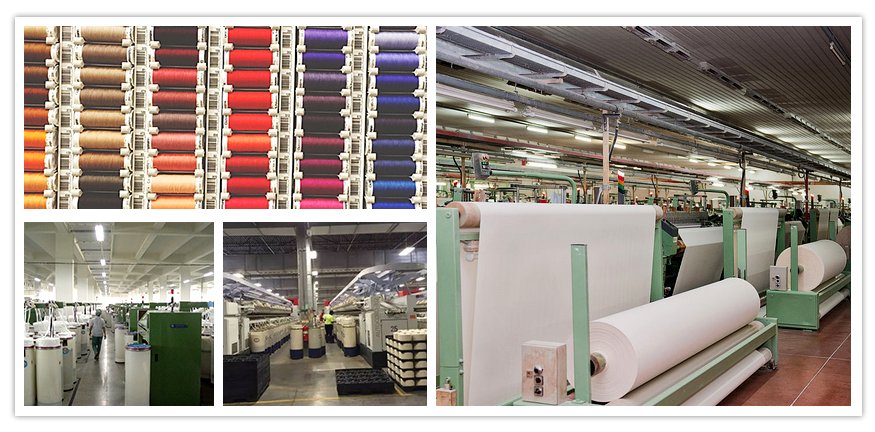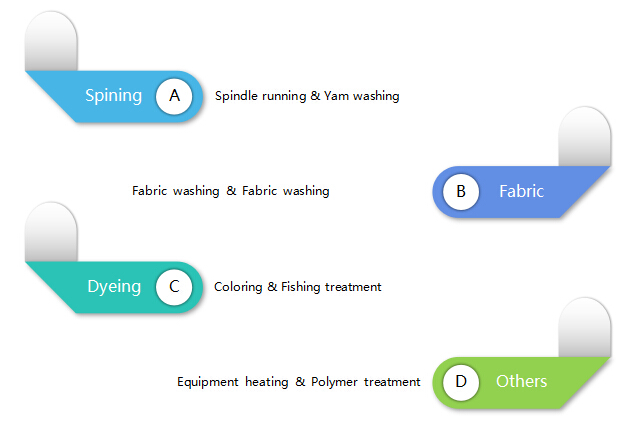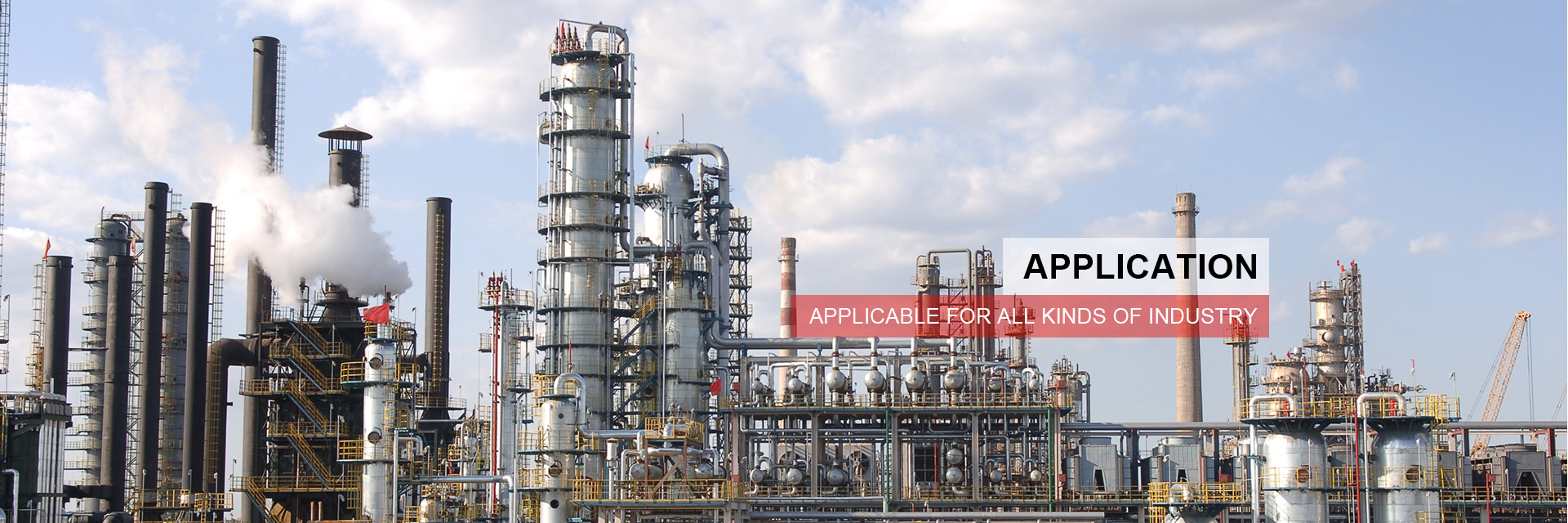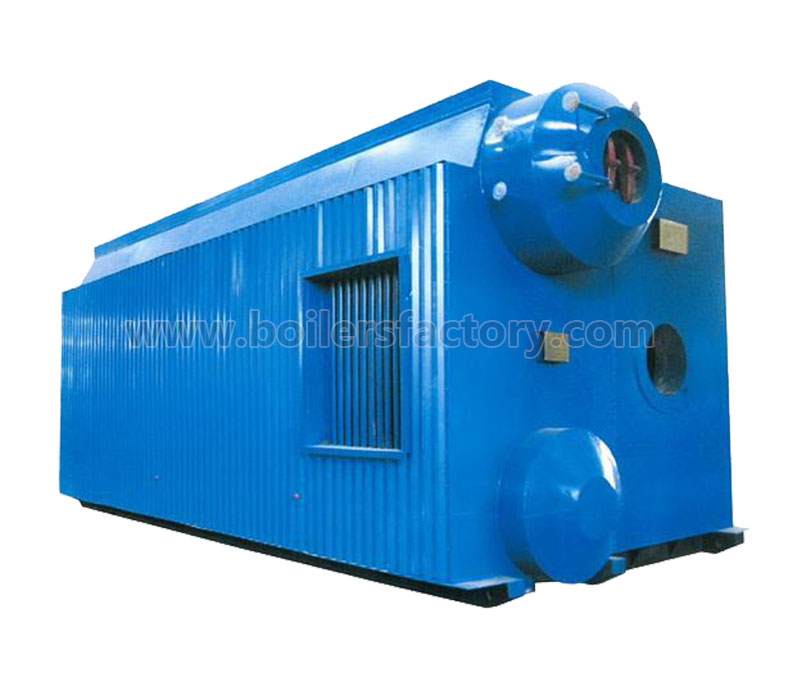The utilities that provide services to textile industry processes includes electricity, steam, water, and compressed air. Steam plays an significant role in textile industry, it is the vaporized state of water that contains heat energy and transfer the energy into a variety of processes. Boilers are the common equipment to produce steam, which are also called steam generator.

Uses of Boiler & Steam in Textile Industry
In textile industry, boiler/steam is generally used for different production processes:

How to Select a Proper Boiler for Textile Industry
1. Determine the capacity of the boiler. The boiler capacity should based on the Heating Load Curve or Heat Balance Diagram, and includes the heat loss in pipelines, self-used heat of boiler room, available used waste heat. While, usually, it is difficult to get the Heating Load Curve, the heating load could get based on the max thermal consumption per hour within production/heating/domestic, and then determine by using the coefficient.
2. Determine the heating supply medium. Generally, the textile industry use the steam boiler for production. If there are large hot water demanded as well, both steam boiler and hot water boiler should be used.
3. Determine the boiler heating parameters, including pressure, temperature, etc.
4. Determine the boiler efficiency. In order to benefit for economic management, the boilers should have high thermal efficiency, and the boiler output, quantity and other performances have to adapt to the change of heat loading.
5. It’s better to select the boilers with same capacity or combustion equipment. If different, the max limitation is two models, to decrease the problems of equipment layout and management.





























